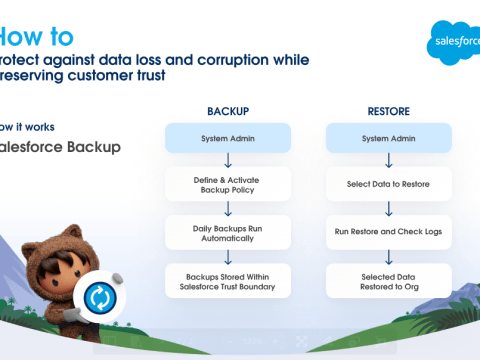
Phased array technology has revolutionized communication and radar systems, evolving from simple mechanical scanning to advanced digital beamforming architectures. As the technology has progressed, so too has its ability to deliver high-performance, scalable, and flexible solutions. This transformation is highlighted through Passive Electronically Scanned Arrays (PESA), Active Electronically Scanned Arrays (AESA), and Digital and Hybrid Beamforming systems.
Understanding Phased Array Architectures
The evolution of phased array technology can be understood through two main categories:
- Passive Electronically Scanned Arrays (PESA)
- Traditional PESA systems used separate phase shifters, attenuators, and other components to control the beam, all of which were connected through a centralized architecture.
- Limitation: Vulnerable to failure due to reliance on a single high-power amplifier (PA).
- Active Electronically Scanned Arrays (AESA)
- AESA systems distribute the electronics across multiple T/R (Transmit/Receive) modules, each equipped with a phase shifter, amplifier, and low-noise amplifier (LNA), to improve performance, reduce signal loss, and enable independent beamforming for each antenna element.
- Benefit: More robust, scalable, and capable of supporting multiple beams simultaneously.

Key Phased Array Technologies
- T/R Modules: Crucial for optimizing RF performance. These modules integrate amplifiers, phase shifters, and attenuators to manage both transmission and reception. AESA and modern designs utilize these modular components to minimize signal loss and enhance efficiency.
- Digital T/R Modules (DTRM): Emerging in advanced AESA systems, DTRMs offer all-digital architectures that incorporate ADCs (Analog-to-Digital Converters) and DACs (Digital-to-Analog Converters) at each element, leading to increased flexibility, sensitivity, and power efficiency.
- Beamforming Methodologies:
- Analog Beamforming: Traditional approach with one ADC/DAC for the entire array, simpler and cost-effective for low-beam count systems.
- Digital Beamforming: Provides maximum flexibility, allowing for individual element control, minimized power loss, and increased system performance.
- Hybrid Beamforming: A combination of analog and digital beamforming, balancing power efficiency with scalability for systems requiring many beams.
This article is posted at keysight.com

Please fill out the form to access the content






